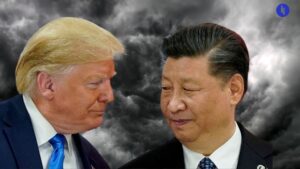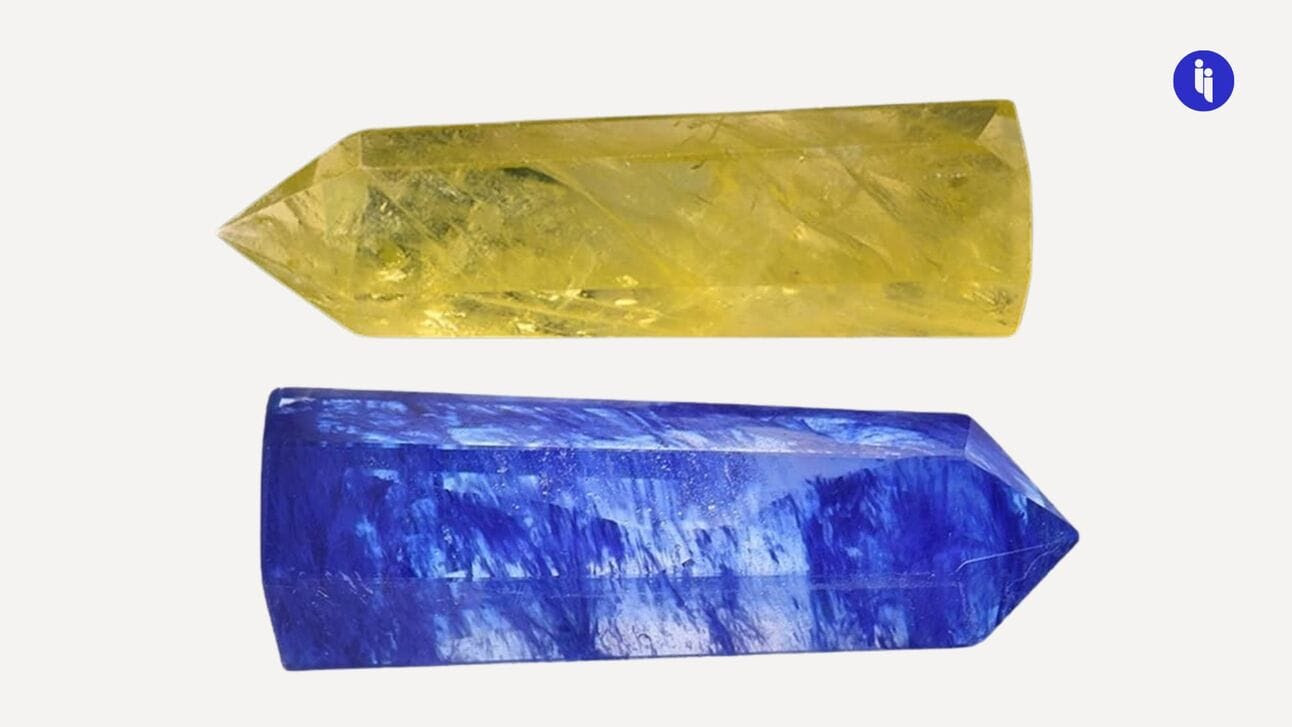After months of twists and weeks of turns, the US and Ukraine have now apparently agreed on their big minerals deal.
Here’s what you need to know.
The idea first emerged in Ukrainian leader Volodymyr Zelensky’s victory plan, which he started presenting to his parliament and key allies from October last year.
Stay on top of your world from inside your inbox.
Subscribe for free today and receive way much more insights.
Trusted by 134,000+ subscribers
No spam. No noise. Unsubscribe any time.
Alongside things like NATO membership and continued security support to deter further Russian aggression, Zelensky suggested Ukraine’s closest allies should get “a special agreement for the joint protection of the country’s critical resources”, including “natural resources and critical metals worth trillions of U.S. dollars, including uranium, titanium, lithium, graphite, and other strategically valuable resources”.
Why? Zelensky’s strategy was simple:
- Keep your allies actively invested in Ukraine’s continued security, and
- Curb criticism in the West that backing Ukraine’s self-defence is too costly.
And he’s got a big juicy carrot to dangle here, too:
Ukraine’s own data suggests it has one of the world’s biggest deposits of graphite, a third of all European lithium, and even supplied 7% of the world’s titanium before Russia invaded. These metals are all key building blocks for multiple US weapons systems and other tech, but China controls the vast majority of global supply for these and more.
Ukraine also has iron ore, coal, and gas, but the other big thing Ukraine might be sitting on? Rare earths, which should more accurately be called ✌️difficult to extract✌️ earths (they’re not rare) — they’re also used in weapons systems and EVs.
But as juicy as that carrot is, there are a couple of complicating factors at play: first, there’s not a lot of data about Ukraine’s rare earths deposits. And second, a chunk of the country’s broader mineral wealth is actually now occupied by Russian troops, who are (for example) now aiming at another major Ukrainian lithium deposit known as Shevchenko.
So then, what’s the current state of play?
Trump sent his treasury secretary (Bessent) to offer Zelensky a deal earlier this month, but details later suggested it was less a partnership and more a shake-down — effectively demanding $500B in Ukraine’s mineral wealth as back-payment for the $119B in support the US has already provided (mostly spent within the US). In return, Ukraine would get no meaningful new security assurances against another Russian invasion.
So Zelensky rejected that deal last week, declaring “I will not sign what 10 generations of Ukrainians will have to pay back”.
Negotiations then continued, with both sides dropping hints of what was to come:
- Bessent told Fox News the mineral deal would contain “implicit” economic security guarantees rather than explicit military ones, and
- Zelensky said the US had dropped its $500B back-payment demands.
And now, there’s a leaked draft doing the rounds, suggesting:
- The two will establish a joint ‘Reconstruction Investment Fund’
- Ukraine will tip in 50% of new mineral revenues until the fund hits a predetermined amount, and
- In exchange, the US will pledge to “provide a long-term financial commitment to the development of a stable and economically prosperous Ukraine”.
The official text is TBC, so we’re taking the above with a quarry of salt for now. But word is the deal is still silent on any US security guarantees or ownership over the fund, though Trump just suggested it gives Ukraine “military equipment and the right to fight on”. Several key details will apparently also get ironed out via later talks.
Meanwhile, both Russia and the EU are wary of being left out.
Russia’s Putin and the head of his sovereign wealth fund (gradually going broke) have both tried dangling carrots of their own, including a purported $300B up for grabs if the US fully dives back into the Russian oil and gas sector, and an unspecified minerals deal (🇷🇺) even featuring access to resources in Ukrainian lands invaded by Russian troops.
Putin is likely seeking to undermine Ukraine’s negotiating position by likewise playing to Trump’s more transactional instincts — basically, “we can offer you a better deal”.
Interestingly, the EU also then offered to strike a “win-win” deal on Monday — the jury’s out whether this was just the EU being late, or a tactic to undermine Russia’s offer and pressure the US into a more flexible position with Ukraine.
Cool story Hansel, but what’s next?
Zelensky has now announced he’ll travel to the US as early as this Friday, presumably to sign the deal with Trump himself.
INTRIGUE’S TAKE
It’s interesting to see the world adapt to the new president’s more transactional style:
- Zelensky simply said no to what he must’ve assumed were Trump’s opening maximalist demands, but he’s now saying yes to a revised deal that not only lacks US security guarantees, but also lacks any meaningful Ukrainian commitment to hand mineral wealth to the US any time soon.
Zelensky didn’t have a lot of options, but still — that outcome looks a lot like the status quo, yet it arguably gives Trump some kind of win back home; and that could help detoxify Trump-Zelensky ties, all just as Trump approaches critical direct talks with Putin.







